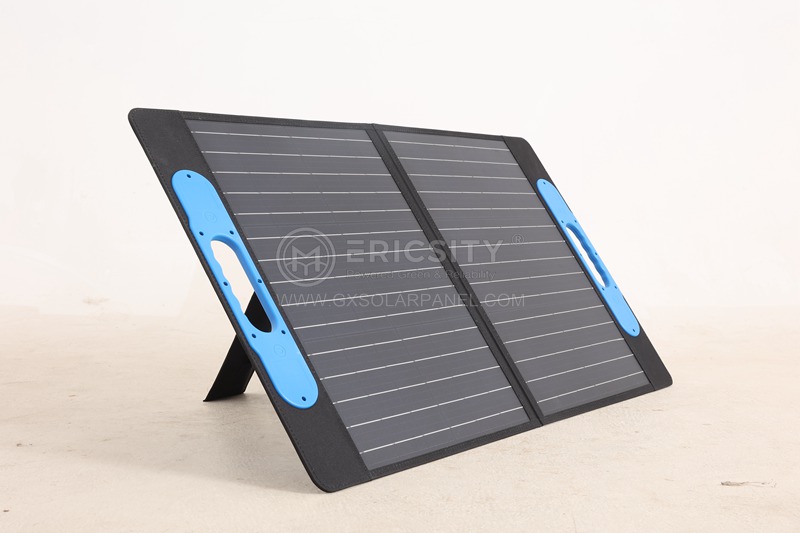HOT PRODUCT
Product Details
Flexible Folding Solar Panels Vs. Traditional Solar Panels: A Comparison
Flexible Folding Solar Panels Vs. Traditional Solar Panels: A Comparison
Solar energy has emerged as a prominent renewable energy source, providing a viable alternative to fossil fuels. As this industry continues to grow, new innovations are constantly being introduced to make solar panels more efficient, affordable, and versatile. Two such innovations are flexible folding solar panels and traditional solar panels. In this article, we will compare these two types of solar panels to understand their similarities, differences, and relative advantages.
Flexible folding solar panels, also known as portable solar panels, are designed to be lightweight, compact, and easy to transport. They are made with highly flexible materials, such as thin-film solar cells or crystalline silicon. These panels can be folded or rolled up for convenient storage and transportation, making them ideal for camping, outdoor activities, or situations where portability is crucial. On the other hand, traditional solar panels are rigid and composed of glass, aluminum frames, and silicon solar cells. They are fixed on rooftops, installed in large solar farms, or as free-standing structures.
One key advantage of flexible folding solar panels is their flexibility and convenience. Due to their lightweight nature, they can be easily carried and set up anywhere with sunlight, allowing users to charge their devices or power small appliances on the go. Traditional solar panels, however, require a fixed installation, making them less flexible in terms of portability. Although they are often more efficient when it comes to capturing sunlight, the rigidity of traditional solar panels limits their deployment options.


In terms of efficiency, traditional solar panels currently hold the upper hand. They typically have higher conversion efficiency rates, meaning they can convert a larger percentage of solar energy into usable electricity. This higher efficiency can be attributed to their larger surface area and the use of more advanced solar cell technologies like monocrystalline or polycrystalline silicon cells. Flexible folding solar panels, while improving in efficiency, generally have lower conversion rates due to their smaller size and use of less efficient solar cell materials. However, it’s important to note that flexible folding solar panels often compensate for their lower efficiency with their portability and versatility.
Cost is another important aspect in this comparison. Traditional solar panels are generally more cost-effective when it comes to producing a large amount of electricity. The maturity of the technology and economies of scale have resulted in relatively lower prices for traditional panels. In contrast, flexible folding solar panels are often more expensive per watt of electricity produced, mainly due to the use of specialized materials and design considerations for portability. However, the cost difference can be mitigated by the specific use case and the benefits provided by their lightweight and portable features.

Durability is also an important factor to consider. Traditional solar panels are designed to withstand harsh weather conditions with their sturdy frames and tempered glass covers. They are built to last for decades and have proven to be highly reliable. Flexible folding solar panels, being more lightweight and portable, may be more susceptible to damage from extreme weather conditions, punctures, or rough handling. However, advancements in materials and manufacturing techniques have improved their durability, making them more resistant to wear and tear.
In conclusion, flexible folding solar panels and traditional solar panels each have their own advantages and disadvantages. While traditional panels excel in efficiency, cost-effectiveness, and durability, flexible folding panels provide the convenience of portability and versatility. The choice between the two depends on the specific needs and priorities of the consumer. As technology continues to evolve, we can expect further improvements in the efficiency, durability, and affordability of both types of solar panels, paving the way for a brighter and more sustainable future powered by solar energy.




